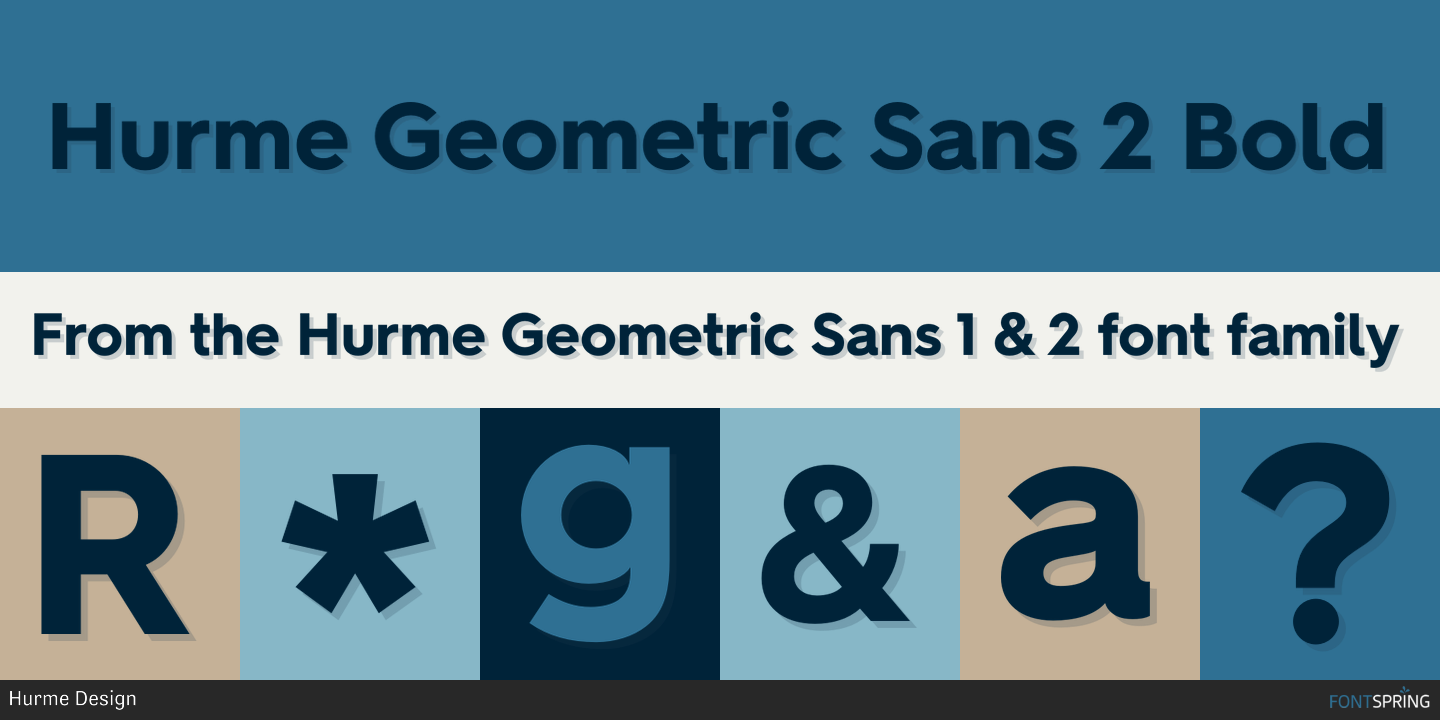


ĭigitisations are available in commercial releases from Durotype and Canada Type, and an open-source version (shown) from Studio Di Lena, who require attribution as a condition of its use. The design of Semplicità has sometimes been credited to type designer Alessandro Butti, but Colizzi and Olocco do not credit it to a single designer, although Butti may have been the final draughtsman. These features give Semplicità an appearance similar to some of the flamboyant, modernist Art Deco lettering of the period. It is also a "spurless" design, similar to the contemporary Bernhard Gothic and more recently FF Dax, in which most strokes end without terminals.

Semplicità, however, has a number of unusual features, including a 'U' with an angle, following the classical model, and an 'f' which descends below the baseline. These designs were based on the proportions of the circle and the square and the influence of Roman square capitals, breaking from traditional "grotesque" designs of the nineteenth century. Semplicità, named for the Italian for "simplicity", is an example of the new wave of "geometric" sans-serifs such as Erbar and Futura appearing in the late 1920s and early 1930s. It was published by the Nebiolo type foundry of Turin, Italy from around 1928. Semplicità is a sans-serif typeface of the geometric style.


 0 kommentar(er)
0 kommentar(er)
